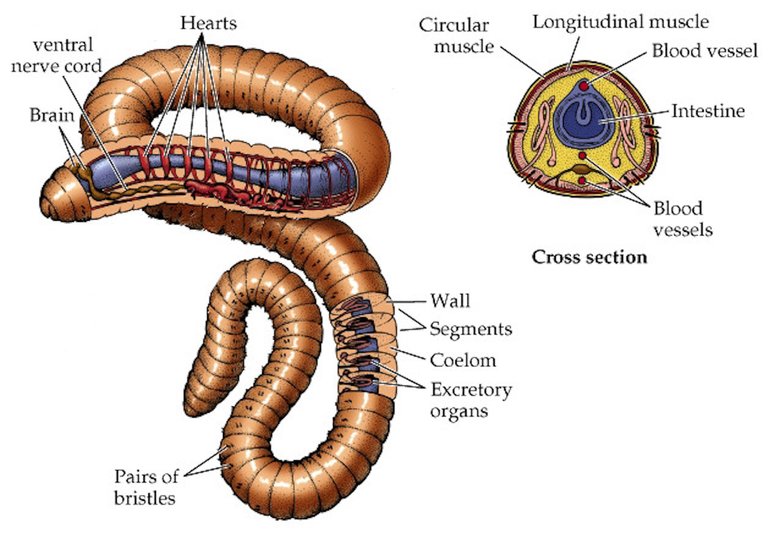I am of the opinion that the human face is a primary “memetic organ”, to our ideas, beliefs - memes - what our opposable thumbs are to manipulating objects in the physical world. The evolution of the human face is therefore central to the origin of our species. The similarity between breathing, sniffing, and speaking, that language itself has evolved to involve rhythmically synchronized breathing while speaking, may be a clue to the mimetic muscles of the human face. These muscles are ancestral respiratory muscles in the gill arches of fish, and they too rhythmically synchronize with belief. The co-evolution of respiratory systems and olfactory systems, is another clue. Humans began to lose olfactory receptors around 3.86 million years ago (Gilad, 2003), during the speciation of Australopithecus afarensis on the coast line of Danakil (La Lumiere, 1981), in geographical isolation surrounded by the Sea of Afar (La Lumiere, 1981). The olfactory system overlaps with what is called "the executive function" (Fagundo, 2015), a central system for "mentally playing with ideas" (Diamond, 2013) or as Hoyle Leigh calls it, meme-manipulation (Leigh, 2010). The vomeronasal organ might be another clue, innervated by both the trigeminal nerve and the terminal nerve, it is viewed as an insignificant, vestigial organ, but damage to it changes sexual behaviour (Foltán, 2009). I would suggest that the reason the VNOs role in pheromone communication is so controversial, is because it has been co-opted for "virtual pheromones", memes, belief, that both sides of the debate are right.
The pharyngeal arches that the facial muscles develop from are in annelids the accessory hearts, the aortic arches, that in the human embryo develop into the vasculature of the head. The ancestral function of the mimetic muscles are as hearts (accessory hearts) and lungs (gills), cellular respiration, oxygen. In humans and all vertebrates, the last two of the gill arches form the larynx and trachea. The mimetic muscles are evolutionarily closely coupled to all processes related to respiration, speech, and all processes related to circulation, emotion.

References
Gilad, Y., Man, O., Paabo, S., & Lancet, D. (2003). Human specific loss of olfactory receptor genes. Proceedings of the National Academy of Sciences, 100(6), 3324–3327. https://doi.org/10.1073/pnas.0535697100
La Lumiere, L. (1981). Evolution of Human Bipedalism: A Hypothesis About Where it Happened. Philosophical Transactions of the Royal Society of London. Series B, Biological Sciences, 292(1057), 103-107. Retrieved March 17, 2020, from www.jstor.org/stable/2398648
Fagundo, A. B., Jiménez-Murcia, S., Giner-Bartolomé, C., Islam, M. A., de la Torre, R., Pastor, A., … Fernández-Aranda, F. (2015). Modulation of Higher-Order Olfaction Components on Executive Functions in Humans. PLOS ONE, 10(6), e0130319. https://doi.org/10.1371/journal.pone.0130319
Diamond, A. (2013). Executive Functions. Annual Review of Psychology, 64(1), 135–168. https://doi.org/10.1146/annurev-psych-113011-143750
Leigh, H., & Leigh, H. (2010). Genes, Memes, Culture, and Mental Illness. Springer NewYork. https://doi.org/10.1007/978-1-4419-5671-2
Foltán, R., & Šedý, J. (2009). Behavioral changes of patients after orthognathic surgery develop on the basis of the loss of vomeronasal organ: a hypothesis. Head & Face Medicine, 5(1). https://doi.org/10.1186/1746-160x-5-5